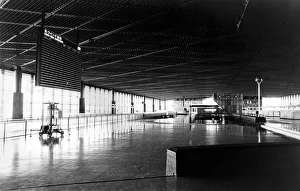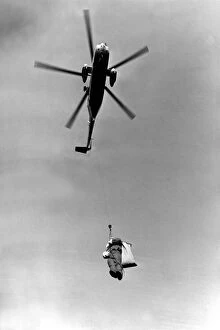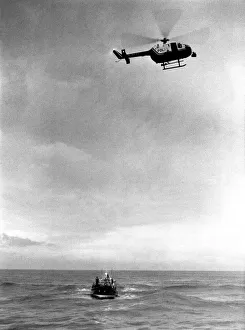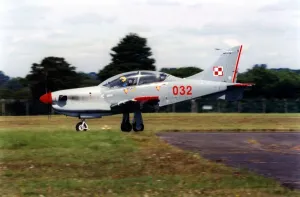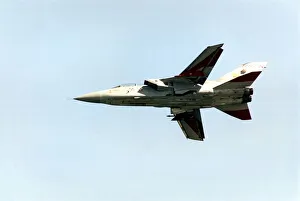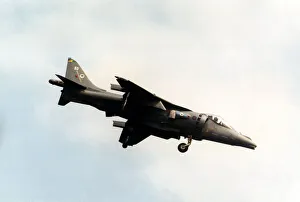Aerospace Collection (page 6)
"Aerospace: Exploring the Skies and Beyond" Piper L-4 Cub in US Army D-Day colors: A symbol of courage and resilience
All Professionally Made to Order for Quick Shipping
"Aerospace: Exploring the Skies and Beyond" Piper L-4 Cub in US Army D-Day colors: A symbol of courage and resilience, this vintage aircraft pays tribute to the heroes who paved the way for aerospace advancements. Space shuttle Endeavor: Embarking on daring missions, this iconic spacecraft pushed the boundaries of human exploration, inspiring generations to reach for the stars. Cassini spacecraft orbiting Saturn and its moon Titan: Unveiling Saturn's secrets from a distance, Cassini captured breathtaking images that ignited our curiosity about distant worlds. Airbus A380 in flight C017 / 7889: Witnessing engineering marvels take flight is awe-inspiring; this majestic plane showcases innovation and efficiency at its finest. Boeing 747-8 flight deck: The nerve center of aviation excellence, where skilled pilots navigate through skies with precision using cutting-edge technology. Supermarine Spitfire Mk-18 in flight: An emblem of bravery during World War II, this legendary fighter plane reminds us of the sacrifices made by those who defended our freedom. RAF training aircraft: Shaping future aviators' skills and instilling discipline within their ranks - these planes lay the foundation for aerial mastery in Royal Air Force cadets. Blue Angels flyby during 2006 Fleet Week performance in San Francisco: Mesmerizing spectators with their synchronized maneuvers, these elite pilots showcase unparalleled skill and teamwork. BAe Systems Hawks RAF Red Arrows break Scampton 1989: Precision aerobatics at its finest; witness an exhilarating display as these renowned British jets paint vibrant trails across clear blue skies. Military aircraft cockpit: The heart of operations where brave men and women make split-second decisions while soaring through danger zones defending our nations' interests. Boeing 787 Dreamliner at Farnborough: Setting new standards for comfort and sustainability, this revolutionary aircraft represents the future of air travel.













